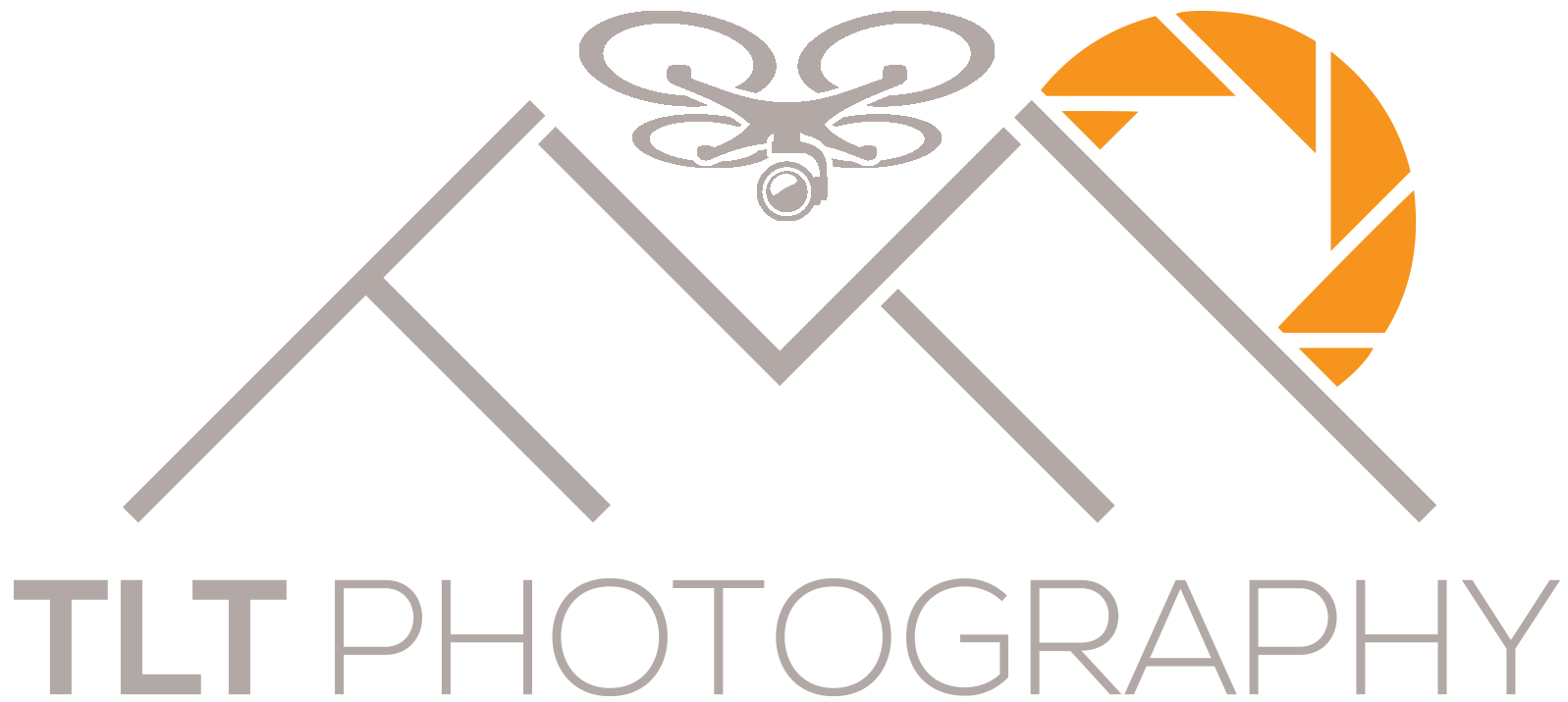Aerial Inspections
Traditional Aerial Inspections
Throughout my career in the remote sensing industry I have established close relationships with some of the top local and nationwide aerial acquisition firms. While infrastructure such as individual wind mills, bridges, or electrical tower may be suitable for UAV inspection, system wide inspections over many miles may require traditional aircraft with larger, more advanced sensors capable of capturing detailed from higher altitude yet. Until the FAA has approved beyond visual line of site for UAV acquisition there will always be a need for traditional aerial inspections which are only a phone call away for a quote. Using my experience in the industry I will work closely with the acquisition team to ensure the highest quality data is obtained for your inspection needs.
Unmanned Aerial (Drone) Inspections
Drones are very suitable for aerial inspections. They are quick to deploy, cost effective compared to jet fuel, and can conduct close-range inspections without the potential safety hazards and subjectivity of a manned inspection. With 4K resolution video and high resolution stills buildings and infrastructure can be inspected with sub-cm resolution to identify structural defects, damages, corrosion, and even heat loss with a thermal infrared sensor. As a certified FAA Remote Pilot with training on multiple platforms and a professional photographer and photogrammetrist with experience working with a variety of sensors I can tailor fit any sensor and platform combination to meet your inspection needs.
Residential
Have you just had repairs done on your roof, do you suspect recent damage from a storm, or are you a roofing professional who wants to prove the quality of your work? High resolution aerial imagery and video from a drone can be captured in minutes to both locate damage or verify repairs have been done correctly. Sources of heat loss or unseen water damage can also be detected with a drone flown with a FLIR thermal sensor.
Storm Damage
- Fallen trees
- Broken skylights
- Missing shingles
Wear
- Chimney flashing deterioration
- Buckling or curling shingles
- Shingle granules in the gutters
Thermal
- Thermal efficiency of roof
- Locate unseen water damage
- Heat loss from windows/skylights
Infrastructure
There are many advantages to inspecting transportation and utility infrastructure with UAVs. They are quick to deploy, have lower expenses for operation and mobilization then a helicopter, and are safer than putting people in harnesses at extreme heights. With high resolution 4K sensors, thermal sensors, and the ability to safely fly at close range to subject matter, UAVs provide digital records of compliance and due diligence actions eliminating the subjective nature of visual inspections. FAA Part 107 regulations stipulate aircraft must be be flown within a 400ft radius of a structure and doesn't fly higher than 400ft above the structures highest point. Because of this allowance, UAVs are ideal for inspecting tall infrastructure such as power line towers, smoke stacks, bridges, and wind farms.
Utility Industry
- Electrical towers
- Smoke stacks
- Dams
- Wind or solar farms
Telecommunications
- Cell Towers
- Telephone Poles/Lines
- Satellite Dishes
Transportation
- Bridge inspections
- Sink holes/road collapse
- Landslides
Commercial
UAVs are also ideal for commercial building inspections. With indoor flight modes they are capable of accessing areas quickly that would otherwise require scaffolding or ladders to get to. Autonomous flight plans above buildings also allow the creation of detailed 3D models for further analysis. Small UAVs can quickly fly at close proximity to buildings and are less disruptive to the work day than loud helicopters or crews suspended from lines.
Indoor Inspections
- Concert halls or amphitheaters
- Large churches
- Stadiums or sport venues
Thermal
- Thermal efficiency of roof
- Locate unseen water damage
- Heat loss from windows/skylights
Maintenance & Compliance
- Storm damage
- Wear and tear
- Structural distortion
NEED AN INSPECTION
Share this:
- Click to share on LinkedIn (Opens in new window)
- Click to share on Facebook (Opens in new window)
- Click to share on Twitter (Opens in new window)
- Click to share on Skype (Opens in new window)
- Click to share on Pinterest (Opens in new window)
- Click to share on Pocket (Opens in new window)
- Click to share on Reddit (Opens in new window)







